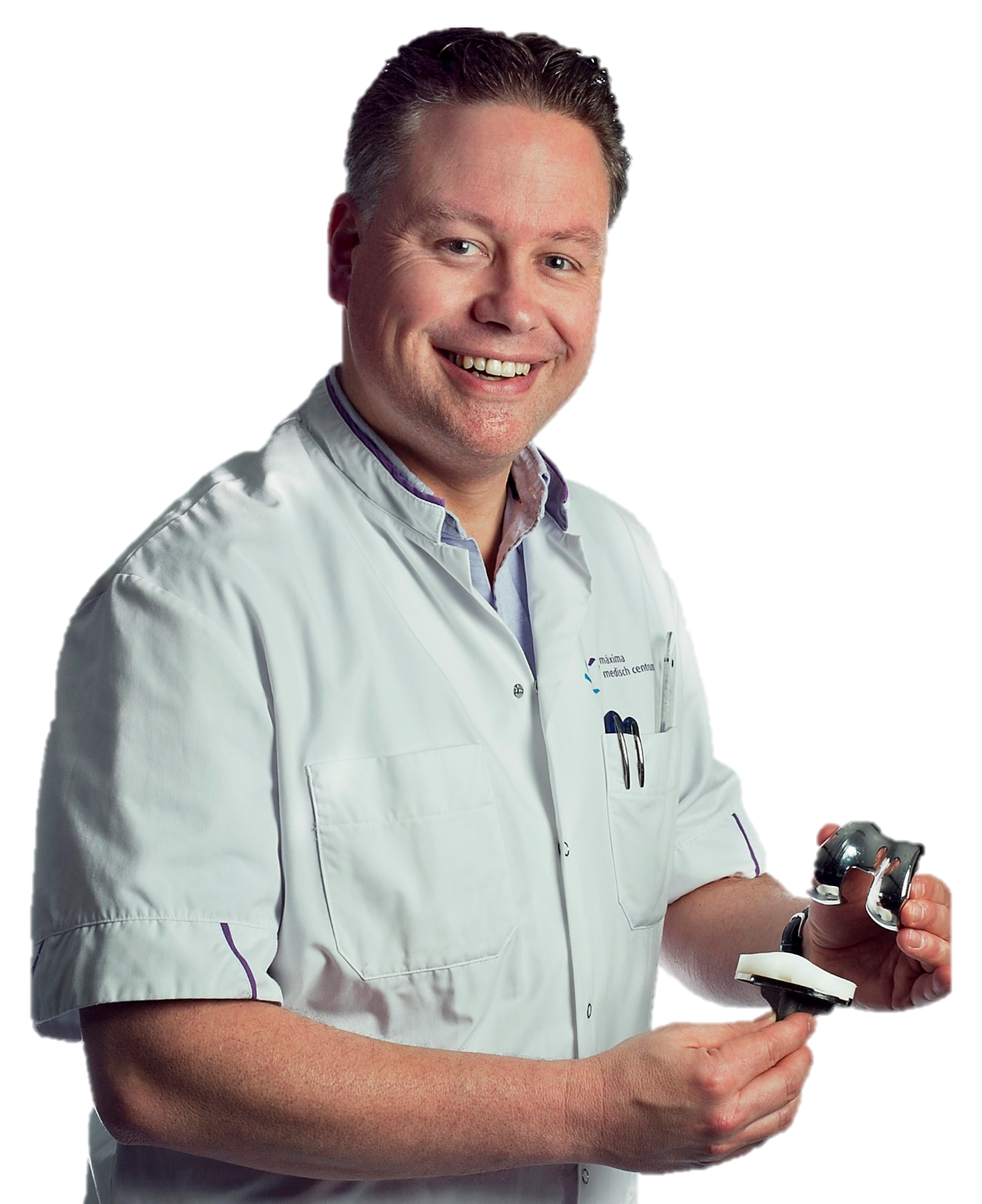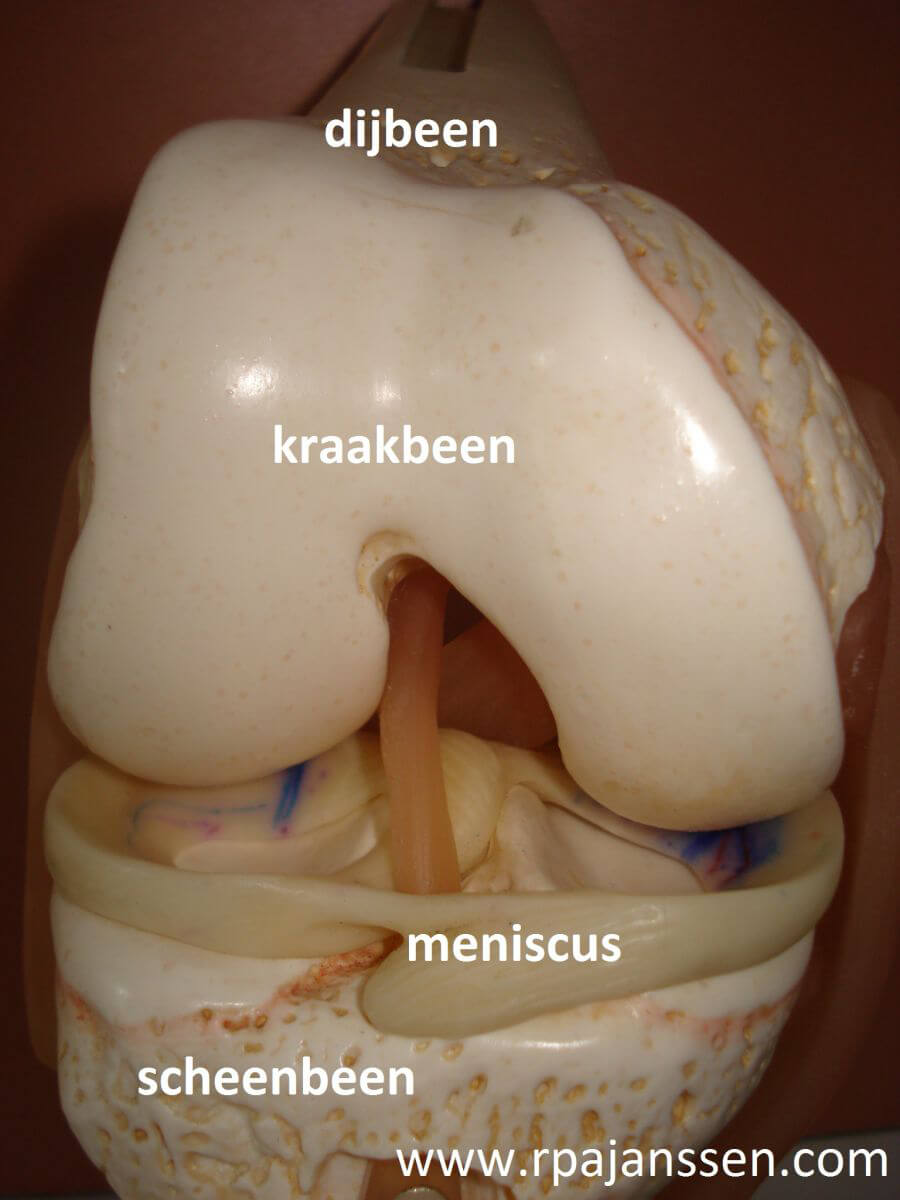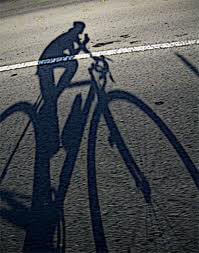STARR Study Group, Meuffels, D. E., &...
New publication
STARR Study Group, Meuffels, D. E., &...
New publication
Arens T, Melick van N, van der Steen MC, Janssen...
Editor’s Pick Prof Stafano Zaffagnini Journal of Experimental Orthopaedics
Cartilage wear and osteoarthritis
The knee is an important joint in the leg. It forms the hinge point between the femur, shinbone, and kneecap (at the front of the knee). These bone ends are covered with a protective layer: the cartilage. Cartilage ensures smooth movements of the knee and absorbs forces when walking. Normal use of the knee keeps the cartilage healthy.
Cartilage wear and osteoarthritis
Cartilage can be damaged by overload during running and jumping sports, accidents, fractures around the knee, meniscus operations and overweight. If the cartilage is damaged, the load capacity of the knee decreases. Damaged cartilage does not repair well. When the cartilage completely disappears, the underlying bone is exposed. We then speak of knee osteoarthritis.
Cartilage wear and osteoarthritis lead to a decrease in the load capacity of the knee. Walking longer distances becomes more difficult. The knee feels stiffer and it can be difficult to get going if the knee has moved less for a while (eg getting up from a chair). Knee swelling is common. Cycling is better than walking. If the wear increases, you will not be able to straighten the knee properly and you may develop a limp. Pain complaints vary widely. Severe knee osteoarthritis is characterized by day and night pain.
The treatment of cartilage wear and osteoarthritis is aimed at reducing pain and increasing the load capacity of the knee. Surgeries are only necessary if there are many pain complaints that do not decrease with the following treatment methods:
Adjustment of sports activities as well as weight reduction in overweight are the first measures to reduce the complaints. Cycling and swimming often work better than walking or running. Wearing a knee brace can help reduce knee swelling.for knee osteoarthritis.
Wear and tear leads in a later phase to the knee being unable to extend properly. The result is more pain, limping and a feeling of sagging in the knee. The physiotherapist helps to remedy a bad gait pattern (limping) and to allow the knee to straighten again. It is important to never put a cushion under the knee; the stretch restriction will only get worse. Fitness with heavy weights is not useful in the treatment of knee osteoarthritis because of an increase in pain. In 2020, the first in the Netherlands to start a new treatment program in the Eindhoven region (Good Life with Osteoarthritis). The program comes from Denmark and has proven effective in Denmark, Canada and Australia for the treatment of knee osteoarthritis through structured education and physiotherapy.
The pain complaints are the result of sterile inflammation in the knee, caused by the wear and tear. Anti-inflammatory pain relievers can help with the pain. You can use these medicines as needed (eg if you walk more for a day or if you have more pain).
Injections
Hyaluronic acid is a component of healthy cartilage. It is possible to inject this into the knee. The effect varies between people: it works better for some than for others. It involves 3 syringes that are put in the knee every few weeks at the outpatient clinic. You can then just walk and cycle. The principle applies here: if it does not bathe, it does not harm. If the medicine works for you, it can be repeated. With severe wear, this treatment is less successful. In the Netherlands, this treatment is not reimbursed in most hospitals. The Maxima Medical Center is a national, Foundation Top Clinical Hospital, recognized expertise center for knee problems and this treatment is reimbursed. In 2020 the thesis of Dr. J. Hermans titled Hyaluronic Acid in Knee Osteoarthritis, effectiveness and efficiency (24 November 2020; Erasmus University) show that this treatment can be effective. One of the studies showed that in patients treated with hyaluronic acid, artificial knee surgery could be postponed. This was mainly in active patients younger than 60 years with a lot of knee pain, moderate knee osteoarthritis and little swelling of the knee. This is also my experience with this treatment with (top) athletes and active people in Máxima Medical Center.
Custom knee brace
In case of a deviation of the leg, a custom-made knee brace can help with the pain.
Surgeries are only necessary if there are many pain complaints that do not decrease with the previously described treatments. Possible operations for osteoarthritis:
Knee arthroscopy
This means knee surgery. The indications for keyhole surgery in case of wear are limited. Not infrequently, after keyhole surgery for osteoarthritis, people have an increase in pain symptoms after the operation. This should therefore be done with caution. Reasons for keyhole surgery for wear and tear may include:
- The removal of a loose piece of bone in case of lock complaints.
- A microfracture treatment of a severe local cartilage injury. This technique has been the gold standard for cartilage treatment for years. This works better when the patient is younger and the injury is recent. During the keyhole surgery, holes are pierced in the bare bone (arthrosis site). From the holes come bone marrow cells that can give a scar cartilage. The follow-up treatment is long (6 weeks on crutches, unloaded walking) and the end result can only be assessed after 1 year. It must be said that the microfracture is also variable in its success.
All other cartilage treatments are largely experimental and long-term results are yet to be seen. You can follow the latest developments via my social media.
Leg position change
See osteotomy.
Artificial
A knee prosthesis is the last solution for disabling pain complaints. The success rate of this operation is high: 90% of patients no longer have pain. An artificial knee does have instructions for use and it is important to weigh the benefits against the possible complications of the procedure.






 The Knee
The Knee